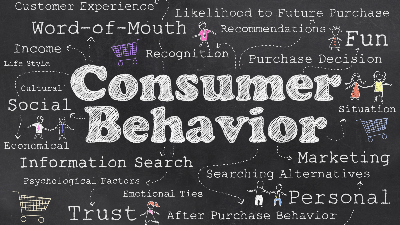 I’ve been hanging out on Google Scholar looking for academic research that is useful for small business owners. Admittedly, there’s a lot that is not. Some of this is structural due to the time lags between the experiment or data collection, the first draft, and the final publication. I keep looking for useful insights for social media or mobile marketing for example, and the data collected in 2017 for a paper finally published in 2020 seems at least a little suspect given the rapid changes in our usage.
I’ve been hanging out on Google Scholar looking for academic research that is useful for small business owners. Admittedly, there’s a lot that is not. Some of this is structural due to the time lags between the experiment or data collection, the first draft, and the final publication. I keep looking for useful insights for social media or mobile marketing for example, and the data collected in 2017 for a paper finally published in 2020 seems at least a little suspect given the rapid changes in our usage.
These same researchers used cell phones and facial cleanser as the two products in their experiment to differentiate between high-cost, low-frequency, high risk vs low-cost, high-frequency, low risk products. I’m not as convinced that facial cleanser or any product you put in or on your body is perceived as low risk though and they didn’t find the interaction effects that would support that hypothesis.
Did I glean anything useful from this that I might not have known before reading the article? Yes!
Richer video is more useful earlier in the purchase process- when you’re prospect is in the attention, interest, and search stages of decision-making. It is useful, but less so, at the action step and the sharing stage.
All that said, can you easily target potential clients based on their decision-making stage? What about the algorithms that are more likely to show video vs photos vs text? That aspect isn’t even mentioned in this research at all.
Is any of this still applicable 3+ years after the data was collected, when consumers are more savvy and comfortable with video in their feeds all the time?
Honestly, I don’t know. However, it is a starting point for your own research with your own prospects. And so, I leave you with this likely obvious recommendation: Try some video in your social media marketing and see what happens with your audience(s). And let me know if your exploratory research yields any good info!
